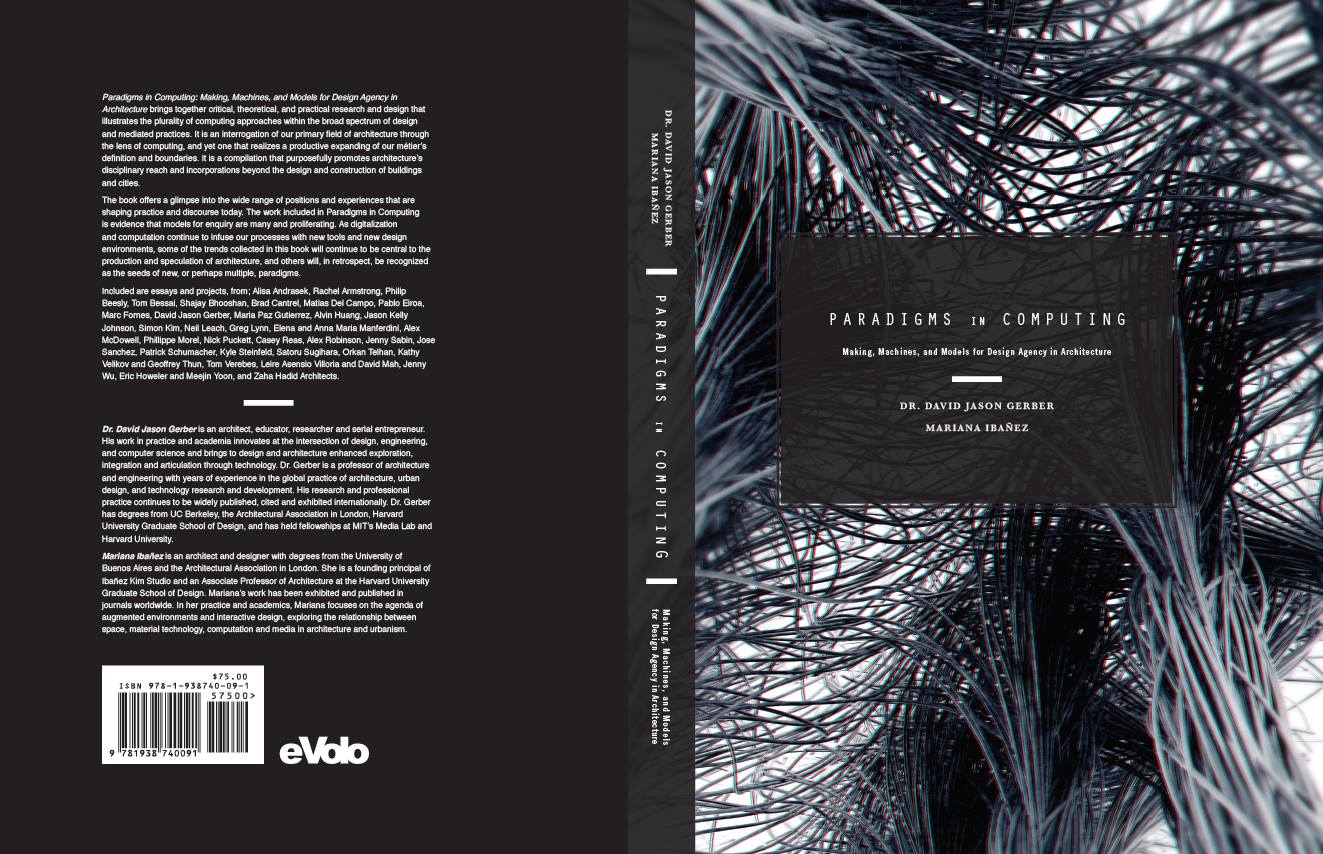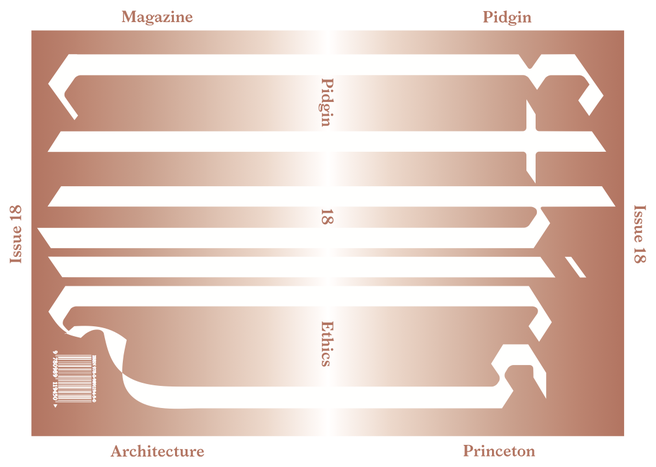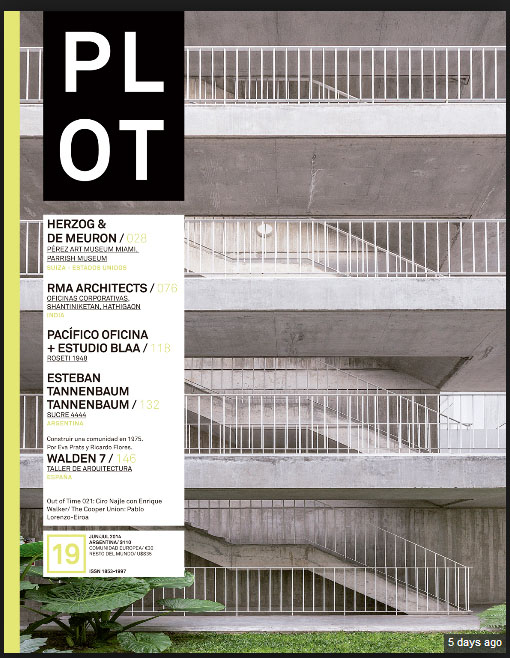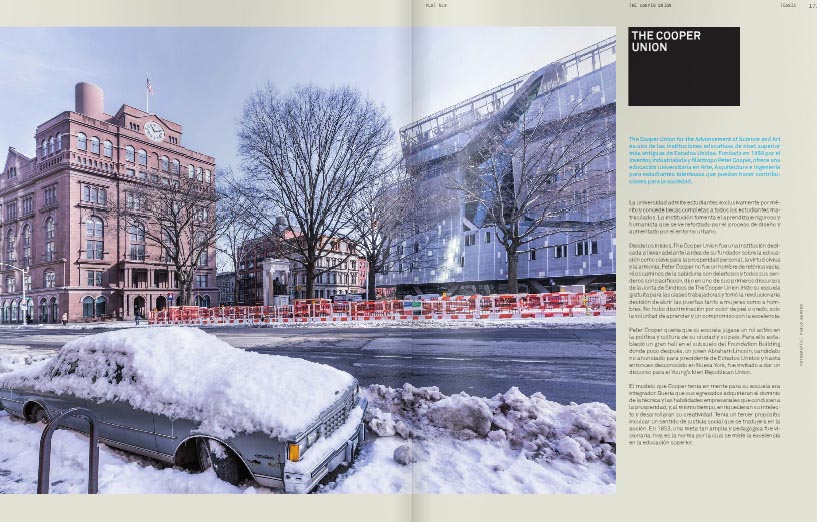THE
COOPER UNION FOR THE ADVANCEMENT
OF SCIENCE AND ART, DESIGN II Fall
2012
Pablo
Lorenzo-Eiroa (Head Professor and
Coordinator-Associate Professor adj.) Matt Roman
(instructor), Katerina
Kourkoula (instructor), Will Shapiro (instructor)
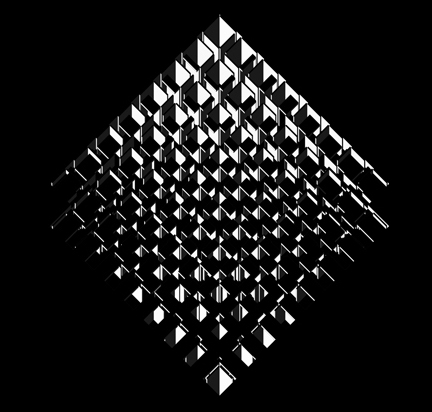
Cultural context
Many contemporary architecture strategies, reacting to the
architecture of previous decades, have abandoned
—consciously or not—the engagement with spatial structures
that organize space in favor of superfluous formal
differentiation. It seems that this movement in contemporary
architecture is due to a growing fascination with
incorporating the latest technologically-driven computer
algorithm into the design process, while disregarding any
critical ideological position relative to an architectural
cultural project.
Postwar post-structuralist theories emerged as a reactionary
force against the structuralism of modern ideologies. But
since the 1970s, post-structuralism has slowly broken away
from the philosophical premise that initiated deconstruction
in the first place: to develop a full decomposition of any
assumed disciplinary fundamentals. Challenging fundamentals
meant first recognizing disciplinary canons. Disciplinary
canons, such as the modern free plan, in turn would be
displaced by revolutionary attempts that would then
institutionalize new canons, affecting the core of the
discipline and the evolution of its cultural history. But
rather than focusing on syntactical organizational problems
while investigating alternative displacements of these
fundamentals, post-structuralist tendencies lately have been
hiding or attempting to ignore deep conceptual structures in
favor of superficial perceptual structures. Thus what is at
stake is not to favor underlying relational logics against
the perceptual, but to articulate and critique different
levels of information. In this regards, the studio
critically related structure to bodily affection.
Theoretical Background
Design II studio searched for strategies to redefine
post-structuralism as a continuity of structuralism,
studying alternative critiques between typology and
topology. These strategies were studied first through
typological conceptual classification, a question identified
with types and typology; and second through topology
considered in terms of relative differentiation. These
concepts are introduced by understanding topology as a
displacement of categorical signification. Topology as
relative displacement was then understood as a critique of
the predetermination inscribed in the classification of
order. But the relative was also re-qualified, giving a new
direction to its role, by understanding it not as a means in
itself but as a way to overcome predetermination and as a
critique of the point of departure, establishing then the
beginning of a new order.
Design II Students: Lucas Chao,
Aimilios Davlantis Lo, Akash Godbole, Aelitta Gore, Pedro
Galindo Landeira, Gabriela Gutierrez, Daniel Hall, James
Hansen, Connor Holjes, Ian Houser, Shin Young, Jisoo Kim,
Sam Koopman, Luke Kreul, Maya Krtic, Kelsey Lee, Hui Jung
Liu, Piao Liu, Sofia Machaira, Wilson Muller, Celine Park,
Joseph Parrella, Stephanie Restrepo, Jonathan Small, Chi-Hsuan
(Vita) Wang

Pixel + grid
parameters exceeded through topological displacement, developing
a nested housing complex for three generations.

This house is
initiated in Processing
(R) interface. Processing becomes the site in which the project
originates by motivating the background plot in which the figuration
of the project emerges. Rather than developing a project in a
determinate interface, the computational background of the interface
is motivated to create the project.
Studio
Research Published in Ethics: Paradigms in Computing; Pidgin
Magazine Princeton University
Student Publication; Systema Journal (upcoming 2015)
